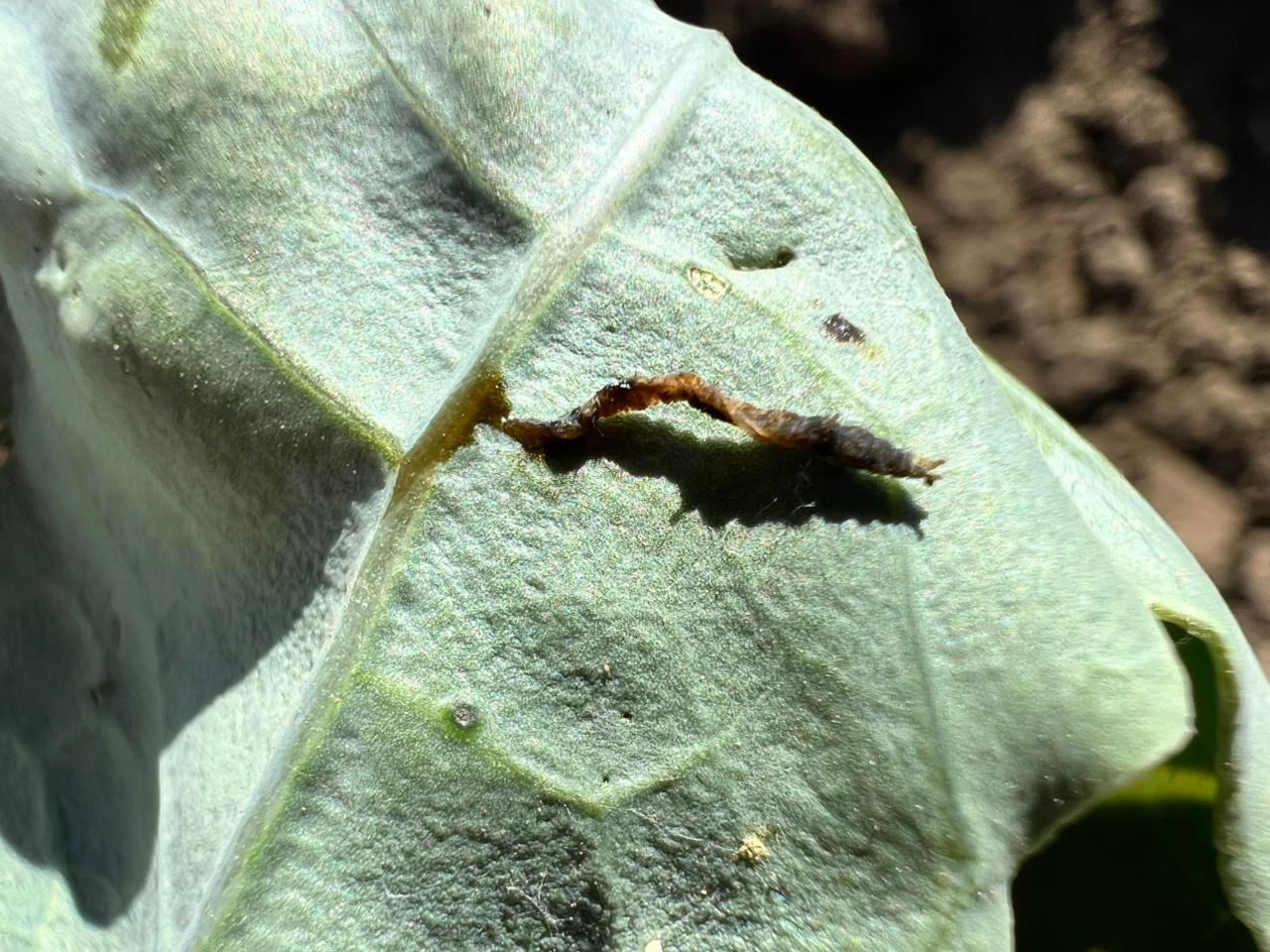What is Lepigen®?
Lepigen® is a biological insecticide that controls Plutella xylostella (Diamondback Moth) larvae which are resistant to chemical insecticides.
What is the Active Ingredient in Lepigen®?
A Natural occurring virus called Autographa californica Multiple Nucleopolyhedrovirus
How Does Lepigen® Work?
Lepigen® is a suspension of virus particles called Occlusion Bodies (OB’s). When larvae ingest OB’s by eating Lepigen® sprayed crops, they become infected with the virus. Using the insect’s own metabolism, the virus replicates itself and invades almost every cell of the insect – causing them to rupture. This releases a virus-laden liquid, which spreads throughout the crop, providing ongoing control of susceptible caterpillars.
What Pests Does Lepigen® Control?
Diamondback Moths.
Does Lepigen® Work on Larvae Populations that have Developed Resistance to Synthetic Insecticides?
Yes. It is a valuable rotational mixing partner in controlling larvae resistant to synthetic insecticides. There are no known cases of resistance developing to NPV-based insecticides anywhere in the world.
Is Lepigen® Harmful to Beneficials?
No, Lepigen® is a species-specific biological insecticide used to control Diamondback Moths and has no impact on beneficial species. Actually, beneficial species help transmit the virus throughout the ecosystem more quickly, which can result in better coverage and control.
What are the Approved Crops for Lepigen?
Crops include: Brassica leafy vegetables group, specifically cabbage, kale, cauliflower, and broccoli.
What is Lepigen’s PHI or REI?
Lepigen® does not have a pre-harvest interval (PHI). The re-entry interval (REI) is 4 hours.
What Should I Expect after Application?
Up to 3 days: Lepigen effectively targets very small DBM larvae (1st and 2nd instars). Infected small larvae feed very little, become increasingly lethargic, and are much more vulnerable to predation and environmental stress (i.e., dehydration).
4-6 days: At this stage, infected larvae are quite sick, stop feeding, and develop a dark brown color. Their skin bursts open, releasing billions of viral particles onto the environment. These viral particles are effectively dispersed by wind, rain, and predators and can infect other healthy DBM larvae.
Is Lepigen® Compatible with Other Insecticides?
When mixed with water, Lepigen® is highly compatible with the majority of insecticides and fertilizers. Ensure that the mixture has a pH of 8 or less before adding Lepigen® as alkalinity will damage the virus.
How Should Lepigen® be Stored?
Ideally, Lepigen® should be stored at temperatures below 34°F AVOID direct sunlight. Unused product can be stored in the original container for future use.
Does Lepigen® Have Any Residual Activity?
The virus in Lepigen® is degraded by ultraviolet light. As a result, the sprayed virus may only be viable for a few days in the crop. However, once the initial population dies, huge quantities of virus will be released. This replicated virus will last for many weeks and will control recurring populations. Applying the virus while larvae are most active (feeding) increases the likelihood of ingesting and ultimately higher levels of control.





